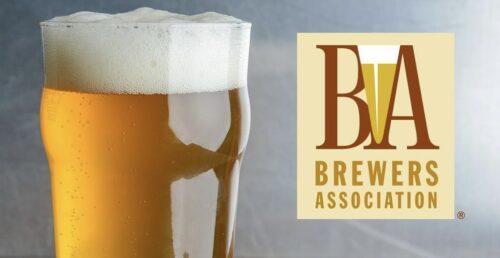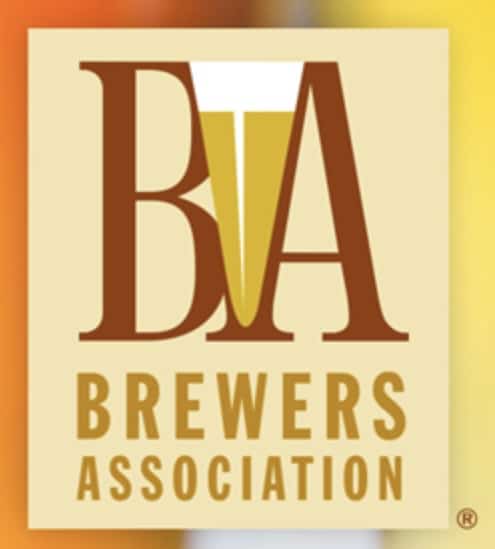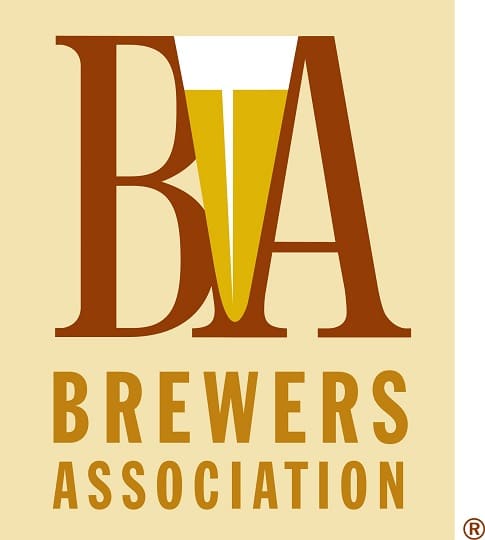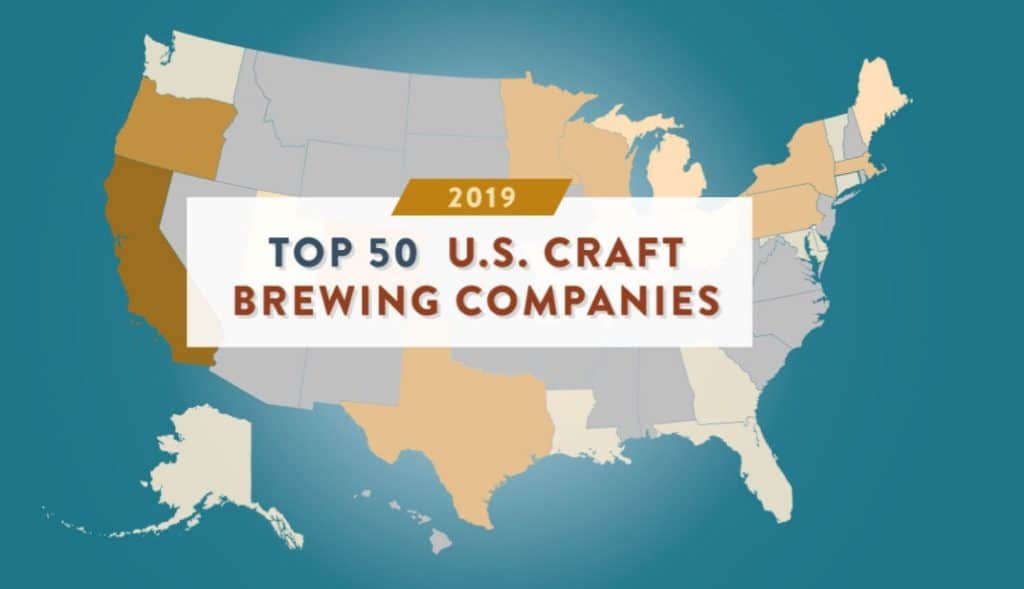The Brewers Association has selected the 2020 recipients of its Research and Service Grants Program. This funding, which began back in 2015, funds research into science that will effect brewers and how they make beer. This year the Brewers Association parceled out 13 grants totaling $389,370 to thirteen projects (8) barley and (4) hops projects, and in a change one draught quality project which I found a pleasant surprise. Overall, in six years, this program has invested over $2 million for research.
Below are the (4) that I think will have the most future impact
on consumers in the years to come:
Controlling Hop Enzymatic Potential
– Hop Kilning and Brewery Treatments
- Partner(s): Oregon State University
- Principal(s): Thomas Shellhammer
Analysis of Various Metabolites in
Hops as Potential Key Parameter for Thiol and Ester Release by Yeast During
Beer Fermentation
- Partner(s): Nyseos, Barth-Haas Group
- Principal(s): Laurent Dagan, Christina Schoenberger
Deeper Explorations of Barley and
Terroir Contributions to Beer Flavor
- Partner(s): Oregon State University
- Principal(s): Pat Hayes
Evaluation of Biofilm Growth in
Chemically Treated Beer Draught Tubing
- Partner(s): Montana State University, Center for
Biofilm Engineering
- Principal(s): Darla Goeres







